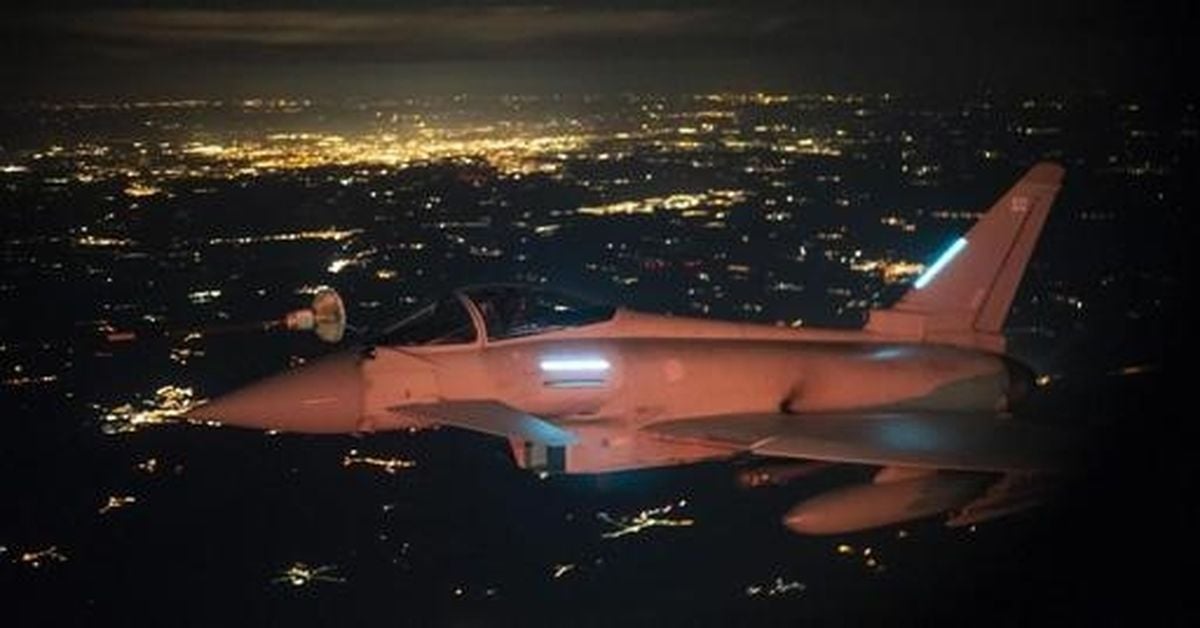Denmark Bolsters Defense Capabilities with Long-Range Strike Weapons
The Danish government has announced its decision to acquire long-range strike weapons to enhance its national and NATO's deterrence capabilities. This move, driven by recommendations from Chief of Defence Gen. Michael Hyldgaard, signifies a shift in Denmark's defense policy amid growing concerns over regional security, particularly in light of the conflict in Ukraine.
Strategic Rationale and Investment
Defence Minister Troels Lund Poulsen stated that the Danish armed forces will determine the optimal methods for procuring and integrating these long-range precision weapons. This decision follows a recent commitment to invest approximately 58 billion kroner (US$9.2 billion) in eight medium- and long-range air defense systems. The strategic thinking behind this investment is rooted in the understanding that point defense is insufficient against massed missile and drone attacks, a tactic employed by Russia in Ukraine. Neutralizing enemy launch capabilities at range is now considered essential for a robust defense posture.
- Strengthening national and NATO deterrence.
- Addressing gaps in defense capabilities highlighted by the Ukraine conflict.
- Shifting focus to neutralizing threats at their source.
NATO's Request and European Defense Ambitions
According to Foreign Minister Lars Løkke Rasmussen, the acquisition of long-range precision weapons is a request from NATO, aimed at deterring aggression and avoiding conflict. This capability is intended to contribute to Europe's ambition of achieving self-sufficiency in defense by 2030. The Danish Ministry of Defence Acquisition and Logistics Organisation is currently researching the market to identify the most suitable weapons systems for the nation's needs.
Potential Weaponry and European Cooperation
Several weapon systems are being considered. Potential candidates include the Tomahawk cruise missile, which could be deployed on the Danish Iver Huitfeldt-class frigates, and long-range munitions compatible with the country's F-35 fighter jets, such as the JASSM-ER stand-off missile. Pan-European missile maker MBDA is also marketing a land-launched version of its naval cruise missile. Several European nations are also involved in longer term programs.
France, Germany, Italy and Poland are cooperating on the European Long-Range Strike Approach (ELSA), however, the timeline for that project remains unclear. A German-British agreement to develop a "deep precision strike" weapon with a range of over 2,000 kilometers is expected to deliver a capability "within a decade."
Russia's Reaction and Broader Implications
Russia has reacted strongly to Denmark’s announcement, branding the plans as “pure madness” and suggesting that the purchase represents an overt threat aimed at Moscow. However, Poulsen emphasized the importance of enhancing Denmark's ability to strike back and maintain a layered air defense system, mirroring the lessons learned from the ongoing conflict in Ukraine. Furthermore, Denmark is also deepening defense cooperation with Ukraine, including joint weapons production and offering Ukrainian companies a "safe haven" for manufacturing, according to Danish Foreign Minister Lars Løkke Rasmussen.
 Visit the website
Visit the website



